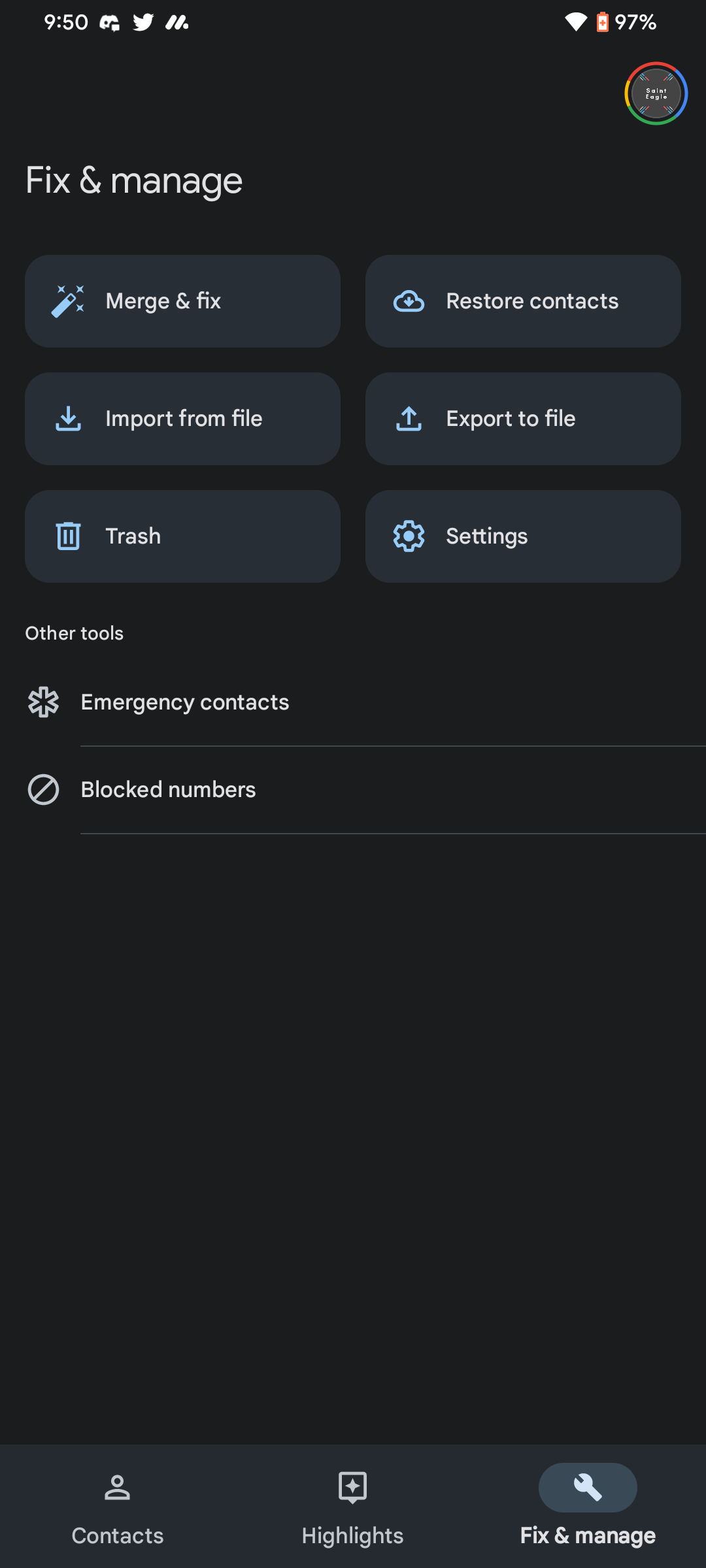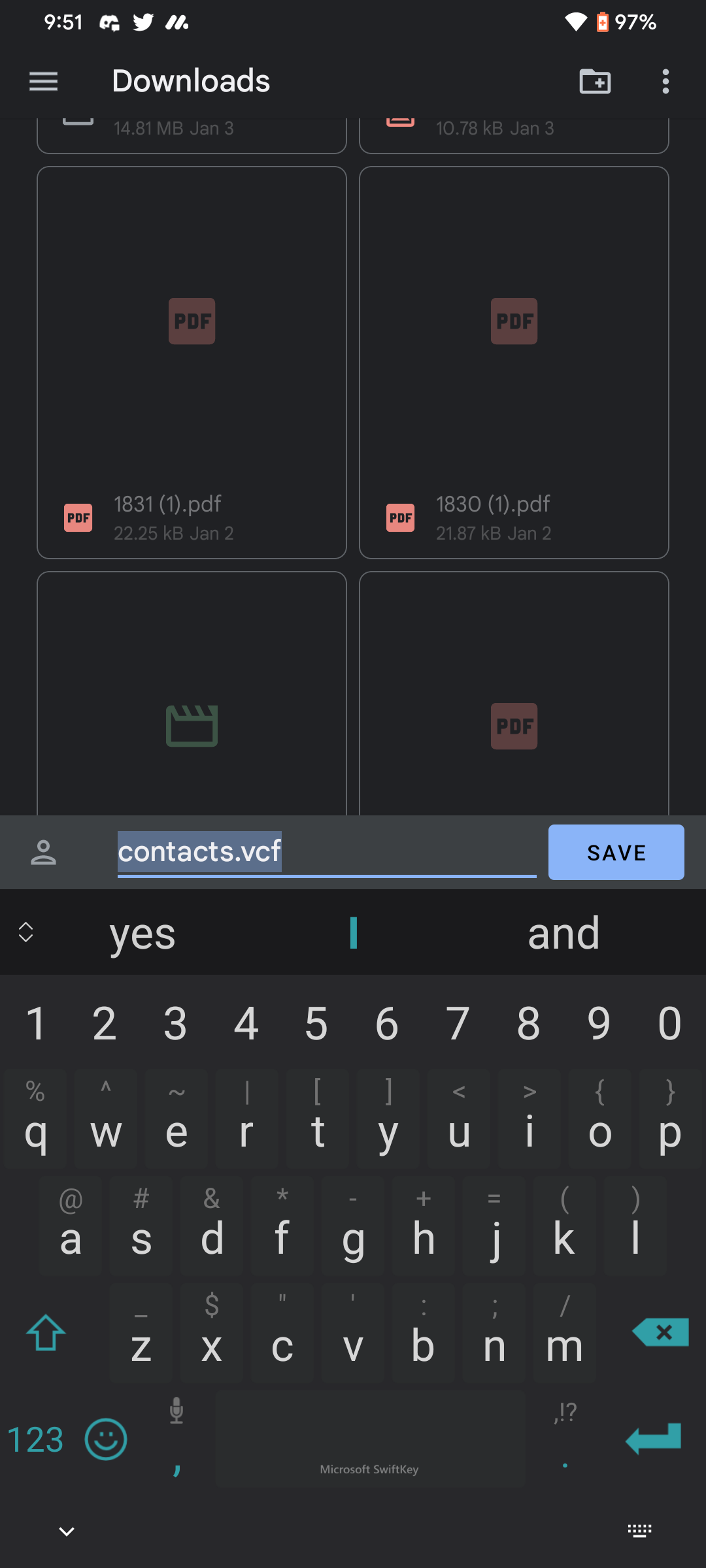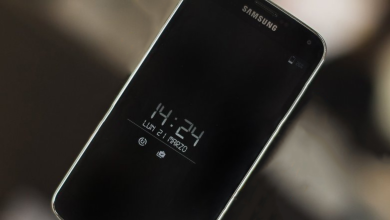What to do Before Resetting Your Android Phone?
3 Things to Backup for Android Devices
Resetting a phone is an effective way to troubleshoot issues or to prepare your device for sale or reuse. Restoring your phone to its original factory settings can resolve persistent problems such as sluggish performance, unexpected errors, or frequent app crashes, thereby improving the overall health and usability of your device.
However, it is crucial to understand that resetting a phone will delete all personal data—including files, text messages, and contacts. To avoid accidental data loss, always back up valuable information before starting this process, and consider the risks carefully.
Note: This guide is intended exclusively for Android devices.
Backing Up Contact and Login Information
Before resetting your phone, make a list of essential information, such as account login details and important phone numbers. Since the reset will remove this data, securing a backup is vital, especially if you plan to use this information in the future.

Be sure to include login credentials for accounts you use most frequently, such as email and social media accounts. Also, back up essential contacts, like those of family, friends, and business associates.
For storing your passwords and login information securely, consider using a password manager. To protect your phone numbers, utilize Google‘s built-in backup service linked to your Google account. This method minimizes the risk of losing contact information. Alternatively, you can manually save your contacts by exporting them as a .vcf file.
Creating a VCF File to Store Contact Information
A VCF file (vCard) is a universal format that allows you to export and share contact details, such as names, addresses, emails, and phone numbers, between devices.
To back up your contacts in a .vcf file:
- Open the Contacts app on your Android device.
- Navigate to Settings and select the Import/export contacts option.
- Tap Export to storage devices.
- Select which contacts you wish to include and choose where to save the .vcf file.
- Transfer the saved file to a computer or another safe location.
Most Android devices use Google Contacts as the default app. To export contacts using the Google Contacts app, open it and go to the “Fix & manage” tab, then select “Export to file.” Assign a filename and choose the destination location—that’s all you need to do!
Always confirm that you have safely stored all important contact details and login credentials. Transfer this information to another device or back it up to your Google account before proceeding with the reset.
Preserving Personal Files and Documents
Backing up your personal files—such as photos, videos, music, and documents—is essential before resetting. Several reliable backup options are available:
- Cloud Storage: Services like Google Drive enable you to upload your files securely and access them from any internet-connected device. Cloud backups are flexible and accessible wherever you are.
- Transfer to a Computer: Connect your phone to a computer via USB to copy files manually. This method is simple and keeps your files physically under your control.
- External Hard Drive: Move your files to an external hard drive for an extra layer of protection and to keep important data safe even if you change or reset your phone.
Whichever method you select, ensure that every crucial file and document is included in your backup. This precaution helps prevent permanent data loss during the reset process.
Saving Application Data
After a factory reset, you will need to re-download your apps. However, any data previously stored within these applications may be lost if not backed up in advance. Preserving app data can save considerable time and prevent inconvenience.
- Use Built-In Backup Features: Android devices provide a built-in option to back up and restore app data (up to 25 MB per app). Access this feature in your phone’s settings and follow the prompts to create a backup before resetting.
- Utilize Third-Party Backup Apps: Several apps available on the Play Store can back up and restore app data. Choose a reputable option and follow the instructions to secure your app data.
- Manual Transfer: In certain cases, you may be able to copy app data manually by connecting your device to a computer and transferring relevant files through the file system.
Please note that some apps may not support backup or manual data transfer. In such instances, you will need to set up the app afresh after the reset.

 Reviewed by
Reviewed by 







